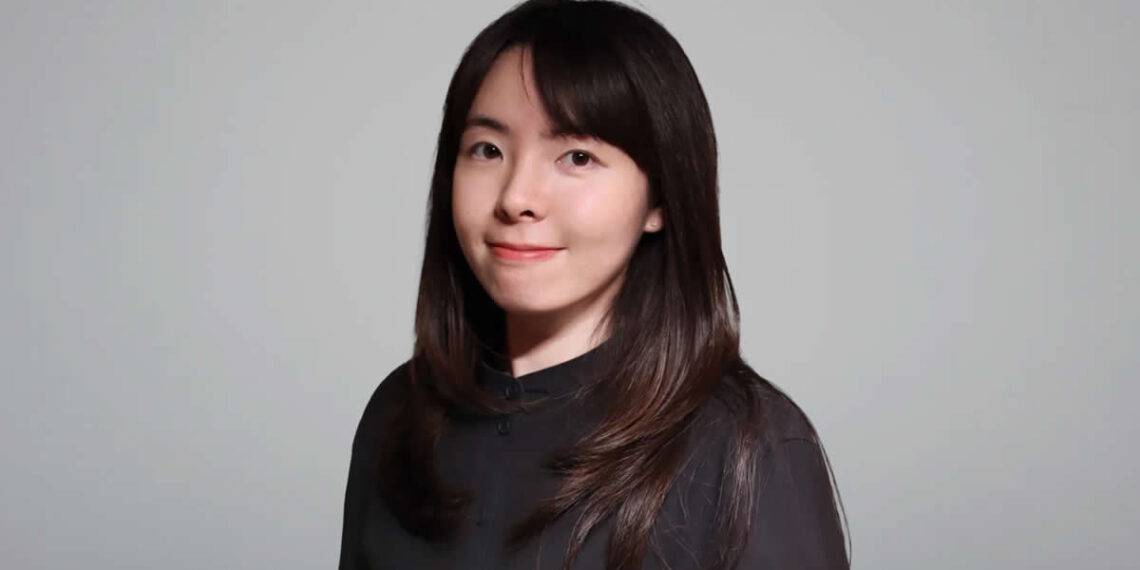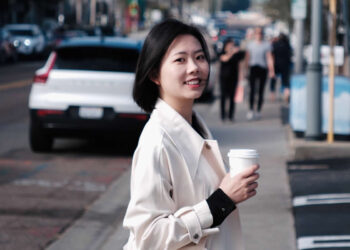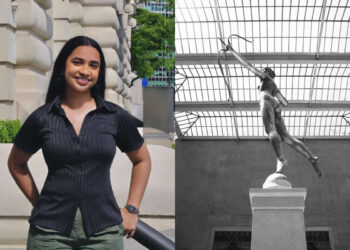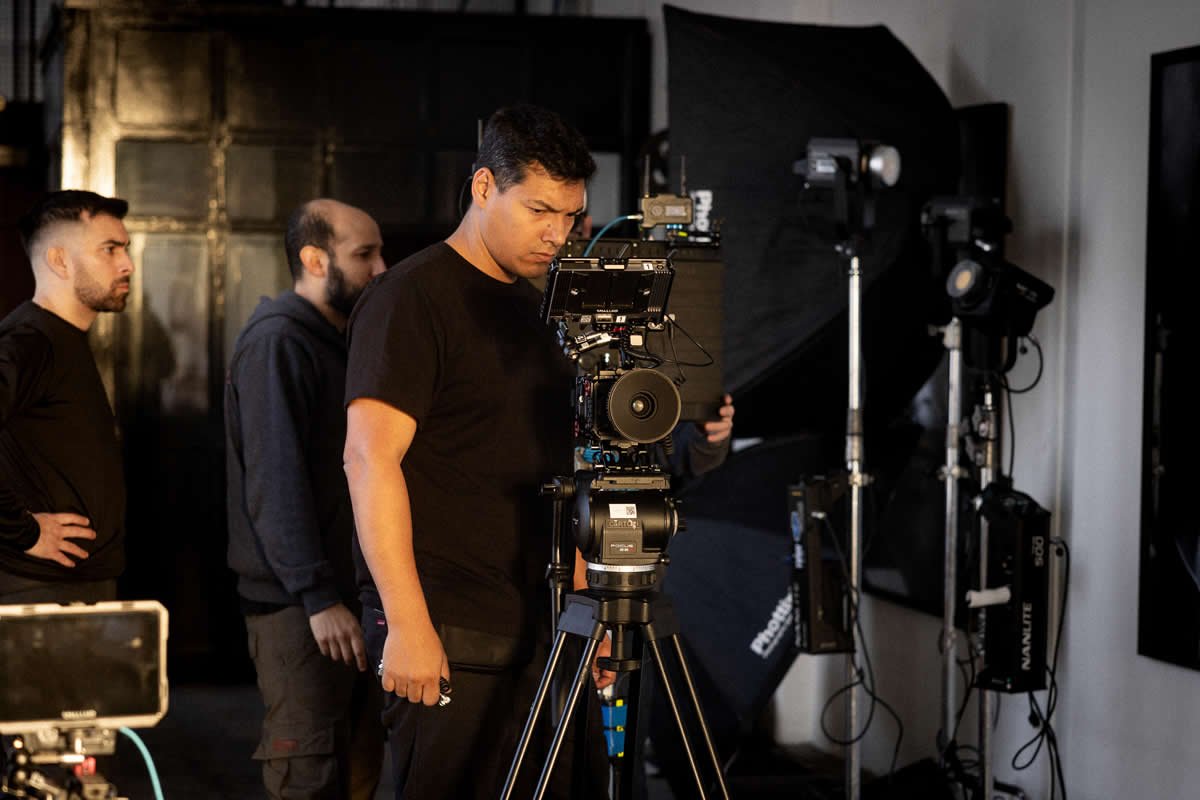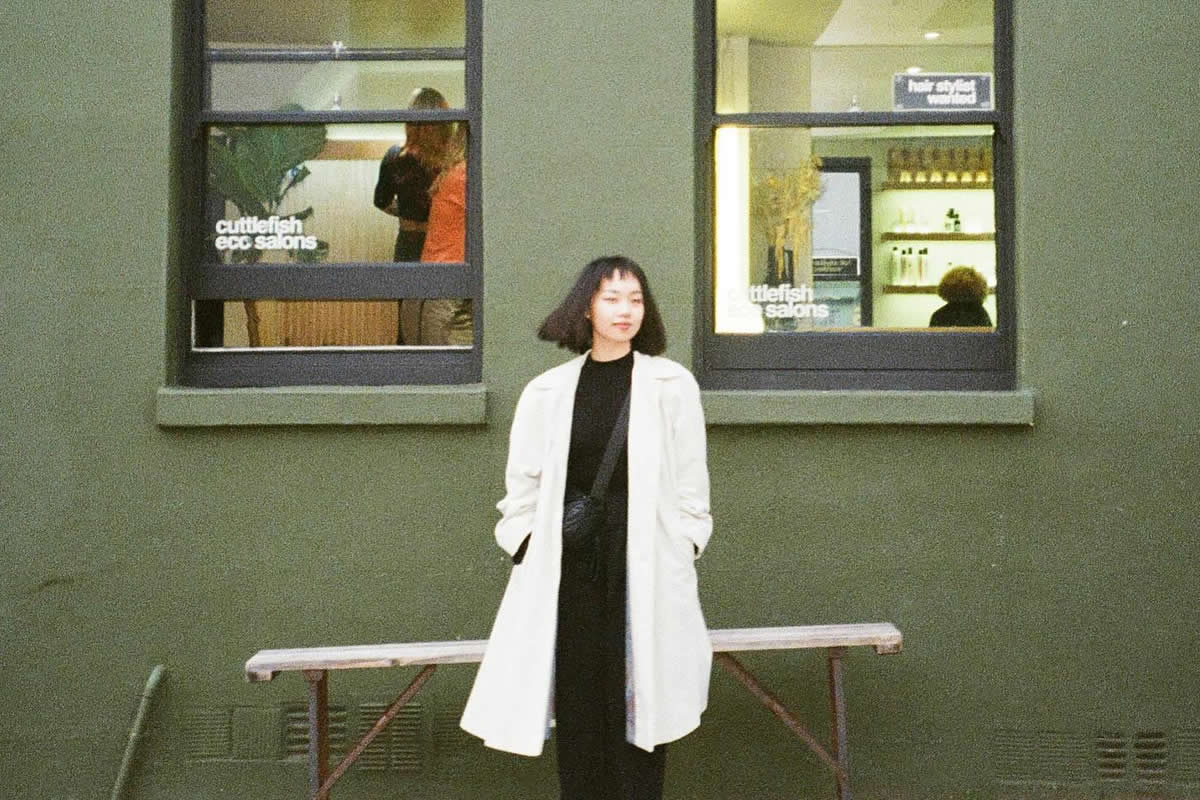Article Written by: Nicole Blake
In an age where technology shapes how we move, communicate, and create, Peijin Du, a Los Angeles–based user experience designer, is on a mission to shape meaningful experiences at the intersection of technology, infrastructure, and accessibility. With a Master’s degree in Human-Computer Interaction from the University of Michigan, her work spans from urban infrastructure and GIS interfaces to AI-assisted accessibility tools, all grounded in a user-first mindset.
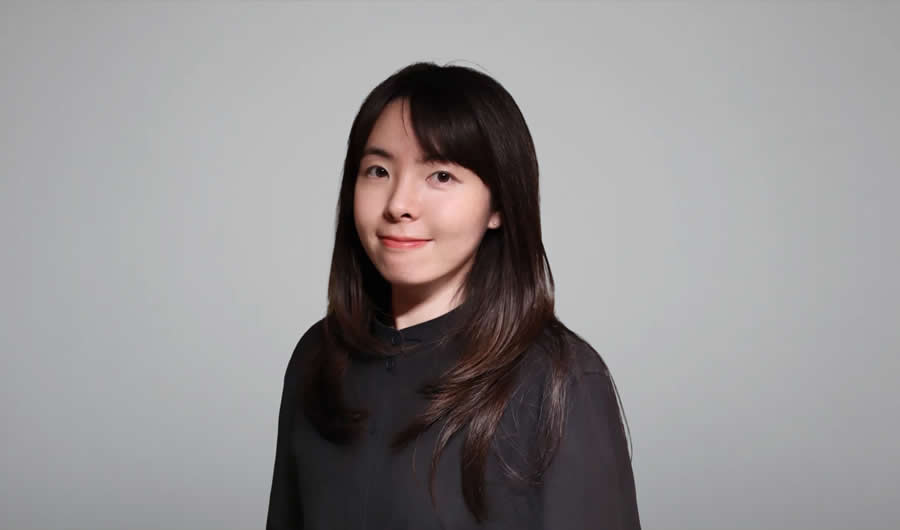
From Architecture to Human-Centered Design
Peijin’s design journey began in architecture, where she learned to think in systems and understand how people experience space. As her curiosity about human behavior and technology grew, her focus shifted—from how people inhabit buildings to how they navigate digital environments. “For me, design is about solving problems and bringing ideas to life,” she reflects. “User experience design goes beyond aesthetics—it’s about how people interact with products and use design to address their real needs.”
That mindset came to life at the Harvard University Library, where she redesigned the Hollis digital catalog to make it more accessible and inclusive. Collaborating closely with developers, she applied WCAG (Web Content Accessibility Guidelines) to resolve usability gaps and improve the experience for students, professors, and visitors alike—strengthening her belief that the best design is thoughtful, empathetic, and inclusive.
Later, as lead designer for the Core by Chloe Ting App, Peijin applied the same philosophy to a broader audience. The app has surpassed one million downloads and maintains a 4.9-star rating for its intuitive, motivating interface. “One of the biggest challenges I’ve faced is balancing business goals with creating a great user experience,” she notes, “but that balance is where meaningful design happens.”
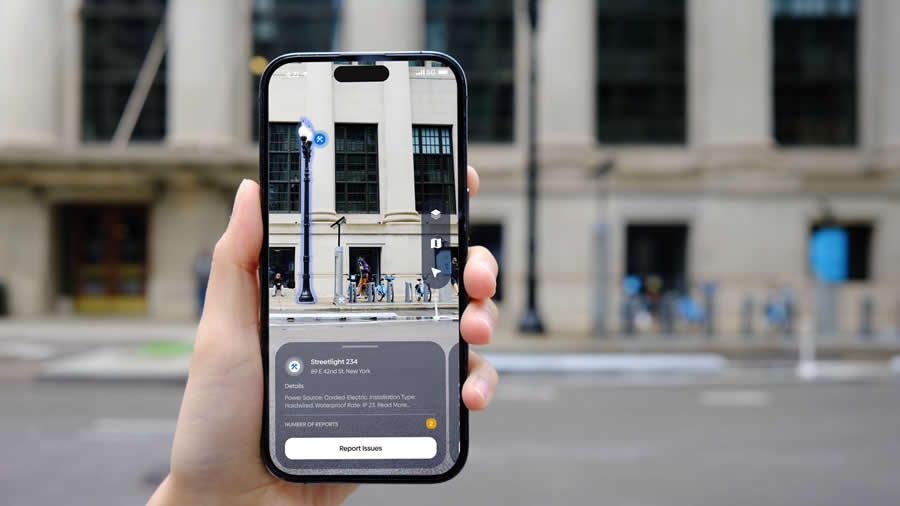
Making Spatial Technology Feel Simple
Today, Peijin brings her multidisciplinary perspective to Esri, where she designs tools that empower developers and organizations to build mapping and geospatial applications used worldwide. On the Maps SDKs team, she leads the design of the Toolkit, enhancing usability and consistency across iOS, Android, and desktop environments while translating technical geospatial workflows into human-centered systems.
One of her key projects focused on the Utility Network Association feature, which helps field workers manage complex network relationships in real time. Through user research and usability testing, she uncovered key challenges and guided improvements that led to a smoother, more reliable workflow for utility professionals.
Her design work has significantly improved usability for those who rely on Esri’s SDKs in real-world contexts, streamlining workflows and enhancing how users interact with and analyze spatial data. At Esri, Peijin continues to combine her expertise in systems thinking and human-centered design, applying them to the evolving world of spatial technology and real-world problem-solving.
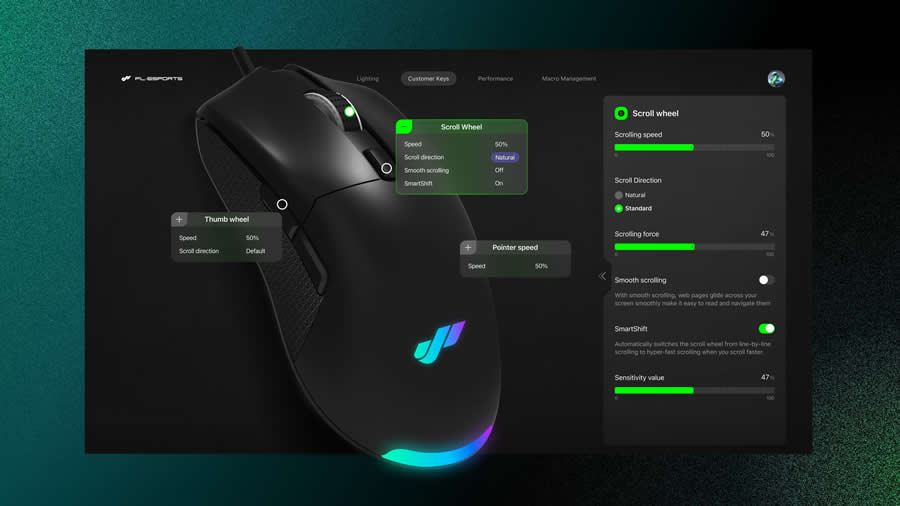
Designing for Society and Accessibility
Building on her interest in GIS and public systems, Peijin co-led CitiFix with Minzhou Wang and Jiyuan Chen – a mobile and web platform that helps citizens report and resolve city infrastructure issues. The product connects residents and city officials through a streamlined workflow for managing streetlight outages, road repairs, and other municipal requests. Recognized by the UX Design Awards and London Design Awards, CitiFix showcased how interface design can build trust between governments and communities while making public services more transparent and responsive.
Her next collaboration with Minzhou, F-Sync, marked a leap into the future of AI-driven accessibility. Announced during the Red Dot Design Award Gala (Nov 7th, 2025) in Berlin, F-Sync was honored in the Brand and Communication Design category for its inclusive, intelligent interaction design. The platform reimagines how people – especially those with disabilities – connect with their peripheral devices. What was once a technical task becomes intuitive and empowering: a gamer can bring their setup to life with synchronized, multi-device lighting, while a user with limited mobility can launch complex macros with a single tap.
Behind its seamless interface lies a rigorous foundation in HCI research. Peijin and Minzhou published and presented studies exploring how AI assistance, visualization, and accessibility principles can reduce cognitive load in cross-device interaction. Their findings became the backbone of F-Sync’s development – translating academic theory into a product that feels intuitive, empowering, and deeply human.
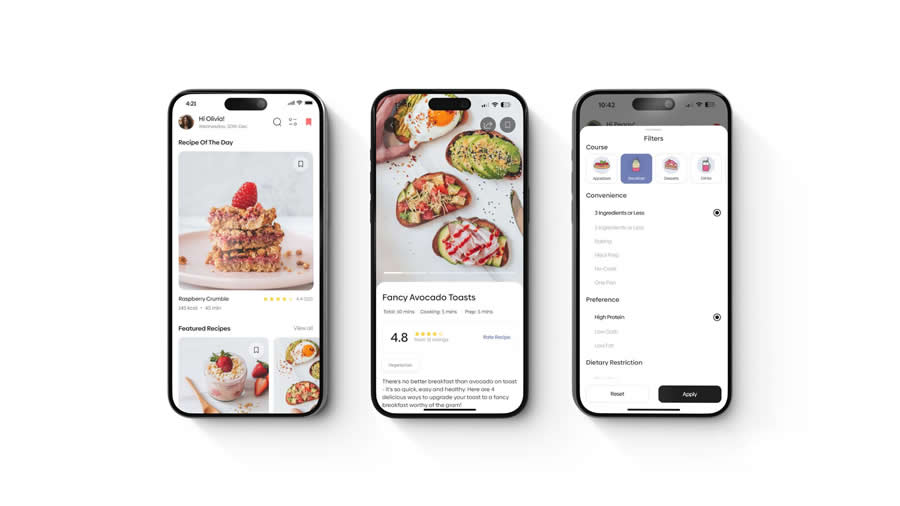
Beyond the Screen
Peijin’s influence extends well beyond any single product or platform. As a jury member, mentor, and reviewer for international design awards, hackathons, and academic conferences, she helps define what high-impact, human-centered design looks like for the next generation. By evaluating emerging work through the lenses of accessibility, systems thinking, and ethical AI, she continually feeds her expertise back into the global design ecosystem—shaping not only the tools people use today, but also the standards and values that guide tomorrow’s practitioners.
Her projects have been exhibited internationally in cities such as Paris, New York, and Athens, as well as at institutions like the Penn Museum, underscoring the growing reach of her research-driven practice. Across these venues, her work consistently returns to the same core mission: using design to make complex systems feel understandable, inclusive, and empowering. As she continues to build new products, mentor upcoming designers, and contribute to cross-disciplinary conversations, Peijin is not just responding to the needs of the present—she is steadily, persistently expanding what accessible, human-centered technology can be in the years to come.

